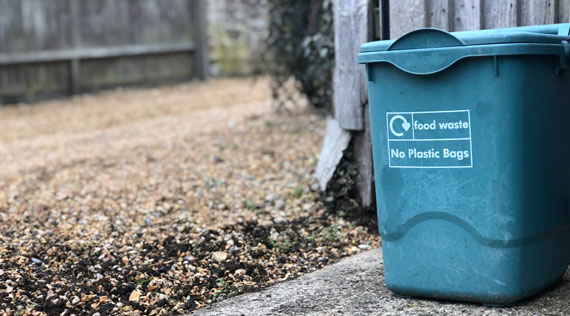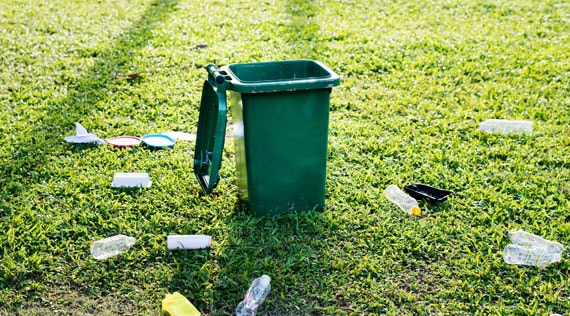New York State’s recently passed budget took aim at a couple of environmental issues, like banning plastic bags and recycling commercial food waste. The Onondaga County Resource and Recovery Agency or OCRRA, is ready for the changes coming over the next few years.
About 1.5% of the local trash stream is made up of plastic bags, adding up to around 5,000 tons of material a year. OCRRA spokeswoman Kristin Lawton said it may not sound like a lot, but eliminating the lightweight bags would have an impact.
"We would love to see fewer plastic bags out there, because 95% of plastic bags are not recycled, they end up as trash or litter,” Lawton said.
The ban on bags goes into effect next March, and it also offers counties the option of charging 5 cents for paper bags, with those funds split between counties and the state’s Environmental Protection Fund.
The other big environmental target in the state budget; food scraps. Large producers of food waste will be required to recycle it. OCRRA already has a robust food scrap composting program. Lawton estimates food scraps account for 36,000 tons of trash every year in Onondaga County, half of it from commercial sources. And some of these large producers already haul the food scraps to the Amboy composting site in Camillus.
"We're talking hospitals such as Crouse, SUNY Upstate, Community General, as well as a lot of restaurants in our area and businesses that operate cafeterias and things of that nature," Lawton said. "However, there are others out there that could be participating."
Amboy has the capacity to process 9,000 tons of waste a year, and they’re only handling 6,500 tons at this point.
"We have an interested community, we have a law that supports this, and I think we are looking forward to the expansion of this program and being able to process more food scraps, which allows us to reduce the waste we produce,” Lawton said.
The law would go into effect in 2022 and apply to operations that produce an annual average of at least two tons of food waste a week, at a single location, within 25 miles of a recycling facility.

